Home>Furniture>Outdoor Furniture>How Wide Is A Standard Patio Door
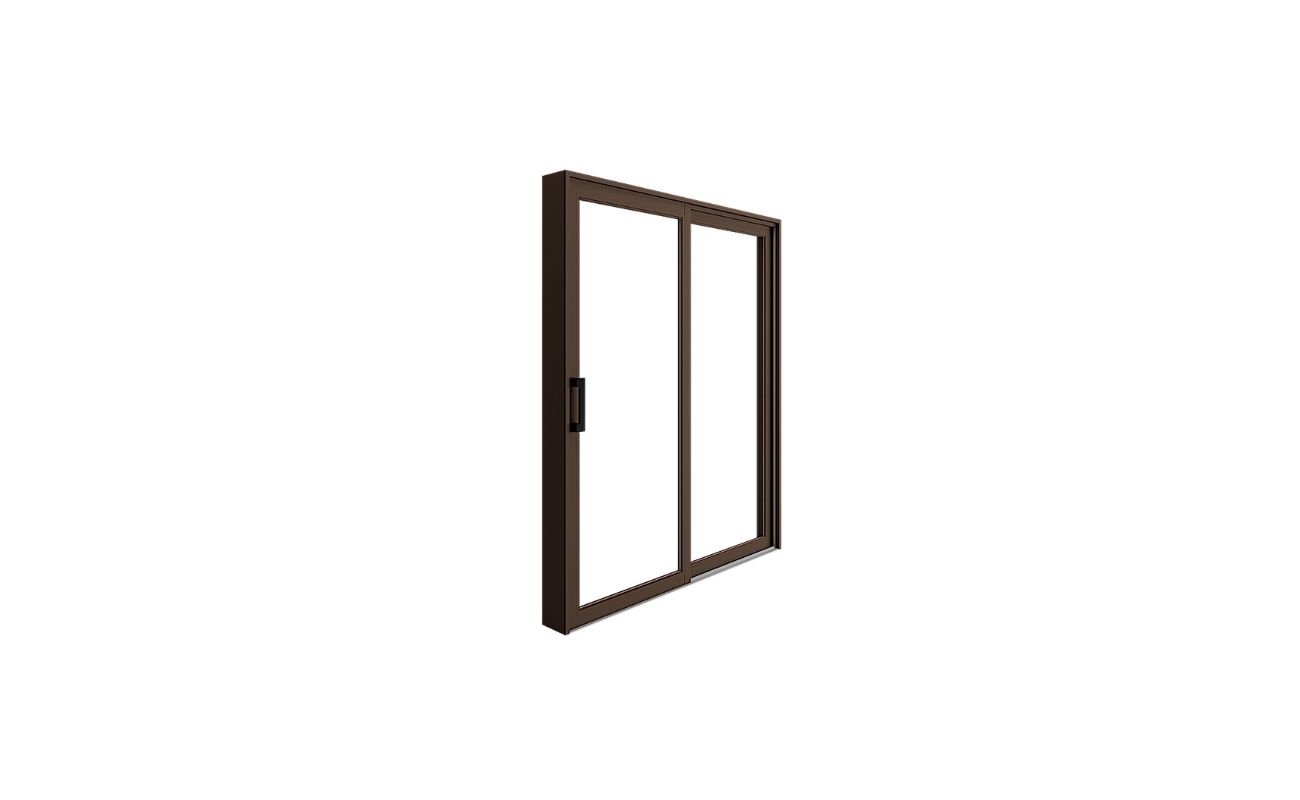

Outdoor Furniture
How Wide Is A Standard Patio Door
Modified: March 7, 2024
Looking for the perfect patio door? Discover the ideal width for a standard patio door and find the best outdoor furniture to complement your space.
(Many of the links in this article redirect to a specific reviewed product. Your purchase of these products through affiliate links helps to generate commission for Storables.com, at no extra cost. Learn more)
Introduction
Welcome to our guide on choosing the right width for a standard patio door. When it comes to outdoor living spaces, a patio can be a wonderful addition to any home. Whether you use it for relaxing, entertaining guests, or soaking up the sun, a patio provides a versatile and functional area for outdoor enjoyment.
One key element of a patio is the entrance, which is typically made up of a patio door. The width of the door plays a crucial role in determining the functionality and aesthetics of the patio. Choosing the appropriate width is essential to ensure smooth traffic flow, easy access, and an appealing visual balance in your outdoor space.
In this guide, we will explore the importance of selecting the right width for a patio door, discuss the standard sizes available, and provide practical tips for measuring and replacing a patio door. Whether you are renovating your patio or building a new one, this information will help you make an informed decision.
So, let’s dive in and discover everything you need to know about the width of a standard patio door!
Key Takeaways:
- Choose the right patio door width to ensure smooth traffic flow, ample natural light, and a visually appealing outdoor space. Consider your specific needs and balance the advantages and limitations of different widths.
- Accurately measure the width for a standard patio door replacement by considering the rough opening, door frame thickness, obstructions, and necessary space for hardware. Double-check and verify measurements to ensure a seamless installation.
Read more: How Wide Is A Standard Garage Door
The Importance of Choosing the Right Width for a Patio Door
Choosing the correct width for your patio door is crucial for several reasons. First and foremost, it affects the functionality and ease of use of the entrance. A door that is too narrow can make it difficult to move furniture or larger objects in and out of the patio, while a door that is too wide can waste valuable wall space.
Furthermore, the width of the patio door has a direct impact on the flow of traffic in and out of the patio. If you frequently entertain guests or have a large family, having adequate space for people to enter and exit will ensure a smooth and seamless experience. On the other hand, a door that is too narrow can lead to congestion and frustration.
Another important consideration is the aesthetic appeal of the patio. The width of the door contributes to the overall visual balance of the outdoor space. A patio door that is too narrow may appear disproportionate and unappealing, while a door that is too wide can overpower the surrounding area.
Additionally, the width of the patio door can affect the amount of natural light entering the patio. A wider door with larger glass panels will allow more sunlight to flood the space, creating a bright and inviting atmosphere. This is particularly important if you use your patio as a sunroom or indoor-outdoor living area.
Lastly, the width of the patio door can impact the energy efficiency of your home. A door that is too narrow or improperly fitted may result in gaps and drafts, leading to heat loss in the winter and increased energy consumption to maintain a comfortable temperature. Choosing the right width and ensuring proper installation can help to optimize energy efficiency and reduce your utility bills.
As you can see, selecting the appropriate width for your patio door is essential for both functional and aesthetic reasons. By considering factors such as traffic flow, furniture and object movement, visual balance, natural light, and energy efficiency, you can make an informed decision that enhances the overall enjoyment and usability of your patio space.
Understanding Standard Patio Door Sizes
When it comes to patio doors, there are standard sizes that are commonly used in the industry. Understanding these standard sizes can help you in the selection process and ensure compatibility with your existing structure or renovation plans.
Patio doors typically come in two primary configurations: sliding doors and French doors. Sliding doors, also known as gliding doors, are composed of two or more panels that slide horizontally along a track. French doors, on the other hand, consist of two hinged panels that swing open from the center.
Standard sliding patio doors are available in various widths, with the most common being 5 feet, 6 feet, and 8 feet. These sizes refer to the total width of the door, including the frame. The height of a standard sliding door is typically around 6 feet and 8 inches, but it can be customized to fit taller openings.
French patio doors, with their elegant and traditional design, are also available in standard sizes. The most common widths for French doors are 5 feet, 6 feet, and 8 feet. Similar to sliding doors, the height of French doors is typically 6 feet and 8 inches, but customization options are available for taller openings.
It’s important to note that the standard sizes mentioned above refer to the overall dimensions of the door unit, including the frame. The actual clear opening of the door may be slightly smaller due to the frame thickness. When measuring the width of your patio door opening, make sure to account for any additional space needed for the frame.
Aside from the standard sizes, patio doors can also be customized to fit non-standard or larger openings. This is particularly useful if you have a wide or tall opening or if you want to create a dramatic and spacious entrance to your patio. Custom patio doors are available in a wide range of widths and heights, allowing you to achieve the perfect fit for your specific requirements.
Understanding the standard sizes of patio doors will assist you in narrowing down your options and ensure that the door you select fits appropriately in your space. Whether you choose a standard size or opt for a custom door, it’s important to measure your opening accurately to ensure a seamless installation and optimal functionality.
Common Widths of Standard Patio Doors
Standard patio doors come in various widths to accommodate different sizes of openings. Below, we will explore the common widths of sliding and French patio doors.
Sliding Patio Doors:
- 5-Foot Width: A 5-foot sliding patio door typically consists of two panels, with one fixed panel and one sliding panel. This size is often used for smaller patio or deck entrances.
- 6-Foot Width: A 6-foot sliding patio door is a popular choice for standard-sized patio openings. It typically features two equally sized sliding panels, providing ample width for easy access.
- 8-Foot Width: An 8-foot sliding patio door is wider and allows for even more open space when both panels are fully opened. This size is commonly used for larger patio areas or when a wider entrance is desired.
French Patio Doors:
- 5-Foot Width: A 5-foot French patio door consists of two hinged panels, each measuring 2.5 feet in width. This size is suitable for smaller patio openings or when space is limited.
- 6-Foot Width: A 6-foot French patio door is a popular choice for standard-sized patio openings. It features two equally sized panels, providing a balanced and symmetrical look.
- 8-Foot Width: An 8-foot French patio door is wider and creates a grand entrance to your patio. It typically features two wider panels, allowing for a more spacious feel and enhanced natural light.
It’s important to consider the width of your patio door in relation to the size of your patio or outdoor space. A door that is too narrow may limit the ease of movement and make it difficult to accommodate larger gatherings or furniture. On the other hand, a door that is too wide may overwhelm a smaller patio area.
Consider the layout and dimensions of your patio, as well as your specific requirements for functionality and aesthetics, when choosing the width of your standard patio door. Additionally, remember to account for any space needed for the door frame when measuring the width of your opening.
Keep in mind that these are common standard widths, but custom options are available if you require a size that is outside of the standard range. Customization allows you to create a patio door that fits perfectly in your space, regardless of the size or shape of your opening.
Now that you have a better understanding of the common widths of standard patio doors, you can confidently select the size that best suits your patio and meets your specific needs.
A standard patio door is typically 6 to 8 feet wide. To be sure, measure the width of the door frame before purchasing a new door or planning any renovations.
Factors to Consider when Choosing the Width of a Patio Door
Choosing the right width for your patio door involves considering several important factors. By taking these factors into account, you can ensure that your patio door meets your functional needs while enhancing the aesthetic appeal of your outdoor space. Here are some key factors to consider:
Traffic Flow: The width of your patio door should allow for smooth traffic flow in and out of your patio. Consider the number of people using the patio, as well as any furniture or objects that need to pass through the doorway. A door that is too narrow can result in congestion and make it difficult to move freely.
Space Constraints: Assess the available space around your patio door opening. Take into account any obstructions such as walls, furniture, or landscaping features. Ensure that the width of the door allows for easy opening and does not impede the functionality of surrounding elements.
Aesthetics: The width of the patio door contributes to the overall visual appeal of your outdoor space. Consider the proportion of the door to the patio area and the surrounding architectural features. A door that is too small may appear out of place and diminish the overall design, while a door that is too large can overpower the space.
Natural Light: Patio doors are not just functional entryways, but also sources of natural light. The width of the door can impact the amount of sunlight that enters your patio. Consider the orientation of your patio and the desired level of natural light. A wider door with larger glass panels will allow for more sunlight to filter in, creating a bright and welcoming atmosphere.
Patio Usage: Consider how you plan to use your patio and how the width of the door can support your activities. If you frequently entertain guests or have large gatherings, a wider door can accommodate better traffic flow and make it easier to move in and out. If you use your patio primarily for relaxation, a narrower door may suffice.
Energy Efficiency: The width of the patio door can impact the energy efficiency of your home. A door that is well-fitted and properly sealed will help prevent drafts and heat loss during colder months. Consider the insulation properties of different door materials and ensure proper installation to optimize energy efficiency.
Personal Preference: Ultimately, your personal preference and style should play a role in choosing the width of your patio door. Consider the overall look and feel you desire for your outdoor space and select a width that aligns with your aesthetic preferences.
By weighing these factors and considering your specific needs and preferences, you can choose a width for your patio door that strikes the right balance between functionality, aesthetics, and practicality.
Read more: What Is The Standard Size For A Patio Door
Advantages and Disadvantages of Different Widths for Patio Doors
When selecting the width of your patio door, it’s important to consider the advantages and disadvantages of different sizes. Each width offers its own unique benefits and limitations. Here are some key points to consider:
Advantages of Narrower Patio Doors:
- Space-saving: Narrower patio doors, such as 5-foot widths, are ideal for smaller outdoor spaces where maximizing usable area is essential. They require less wall space and can help to maintain a compact and cozy patio.
- Cost-effective: Narrower doors are typically more affordable than wider options, making them a budget-friendly choice for homeowners.
- Better insulation: Due to their smaller size, narrower doors may offer better insulation and energy efficiency.
Disadvantages of Narrower Patio Doors:
- Restricted access: Narrower doors can make it challenging to move larger items in and out of the patio. This may limit your options when arranging furniture or hosting gatherings.
- Less natural light: Narrower doors have smaller glass panels, which means less natural light will enter the patio. This can create a darker atmosphere and may require additional artificial lighting.
- Less visual impact: A narrow door can appear less visually impactful and may not create the same wow factor as a wider door.
Advantages of Wider Patio Doors:
- Easy access: Wider patio doors provide a larger opening, allowing for smoother traffic flow and easy movement of furniture, grills, and other bulky items in and out of the patio.
- Enhanced natural light: Wider doors with larger glass panels allow more natural light to enter the patio, creating a brighter and more inviting space.
- Improved aesthetics: Wider doors can have a more substantial and visually pleasing impact, creating a focal point and adding a sense of grandeur to your outdoor space.
Disadvantages of Wider Patio Doors:
- Require more wall space: Wider doors naturally require more wall space, which may not be suitable for smaller patios or areas with limited space.
- Higher cost: Wider patio doors generally come with a higher price tag compared to narrower options.
- Potential energy loss: The larger glass panels of wider doors can result in more heat transfer, potentially reducing energy efficiency. However, advancements in energy-efficient glass and proper insulation can help mitigate this concern.
Ultimately, the choice of patio door width depends on your specific needs, the size of your patio, and your design preferences. By carefully considering the advantages and disadvantages of different widths, you can select a patio door that best suits your requirements and enhances the overall functionality and aesthetics of your outdoor space.
Tips for Measuring the Width for a Standard Patio Door Replacement
Replacing a patio door requires accurate measurements to ensure a proper fit. Here are some helpful tips to guide you through the process of measuring the width for a standard patio door replacement:
1. Measure the rough opening: Start by measuring the width of the rough opening, which is the space in the wall where the door will be installed. Measure from the inside of the left side of the opening to the inside of the right side. Take three measurements at different heights—top, middle, and bottom—and use the smallest measurement to ensure a tight fit.
2. Consider the door frame: Keep in mind that the final width of the patio door includes the width of the door frame. Take into account the frame thickness when measuring the rough opening to determine the actual width needed for the door panel.
3. Check for any obstructions: Take note of any obstacles, such as electrical outlets, light switches, or window frames, near the door opening. Ensure that the width of the new door will not obstruct or interfere with these elements.
4. Consider additional space: Consider any additional space needed for hardware or accessories that accompany the patio door, such as handles, locks, or screens. Leave enough room for these components to function properly without hindering the door’s operation.
5. Consult manufacturer’s guidelines: Refer to the manufacturer’s guidelines or installation instructions for the specific patio door model you are considering. They may provide specific measurement requirements and recommendations for a proper fit.
6. Seek professional assistance: If you are unsure about taking accurate measurements or if your patio door replacement involves more complex configurations, it is advisable to consult a professional installer. They have the expertise and experience to ensure precise measurements and a seamless installation.
7. Double-check and verify: Before placing an order for your new patio door, double-check all measurements and verify their accuracy. Taking the time to confirm your measurements can help avoid costly mistakes and ensure a smooth replacement process.
8. Allow for customization: If your rough opening does not align with standard patio door widths, consider opting for a custom-sized door. Customization allows you to get a patio door that fits perfectly in your space, ensuring an ideal fit and maximum functionality.
By following these tips and guidelines, you can accurately measure the width for a standard patio door replacement and ensure a successful installation. Remember, precision in measurements is crucial for achieving a properly fitted door that enhances the functionality and beauty of your patio!
Conclusion
Choosing the right width for your patio door is essential for creating a functional and visually appealing outdoor space. By considering factors such as traffic flow, space constraints, aesthetics, natural light, patio usage, and energy efficiency, you can make an informed decision that meets your specific needs and enhances your patio experience.
Understanding the standard sizes available for sliding and French patio doors provides a starting point for selecting the appropriate width. However, custom options are also available if your patio opening requires a non-standard size.
Each width option comes with its own advantages and disadvantages. Narrower patio doors can save space and be more cost-effective, while wider doors offer easier access, enhanced natural light, and a more visually impactful presence. Consider your specific requirements and balance them against the limitations to make the right choice.
When measuring for a standard patio door replacement, employ proper techniques such as measuring the rough opening accurately, accounting for door frame thickness, checking for obstructions, considering necessary space for hardware, consulting manufacturer guidelines, and seeking professional assistance when needed.
Ultimately, the width of your patio door should align with your personal preferences and the overall design of your outdoor space. By carefully considering the factors presented in this guide, you can select a patio door width that optimizes functionality, enhances aesthetics, improves natural light, and aligns with your lifestyle and usage needs.
So, take the time to measure properly, consider your options, and make an informed decision. The right width for your patio door will elevate the functionality, beauty, and enjoyment of your outdoor living space for years to come.
Frequently Asked Questions about How Wide Is A Standard Patio Door
Was this page helpful?
At Storables.com, we guarantee accurate and reliable information. Our content, validated by Expert Board Contributors, is crafted following stringent Editorial Policies. We're committed to providing you with well-researched, expert-backed insights for all your informational needs.
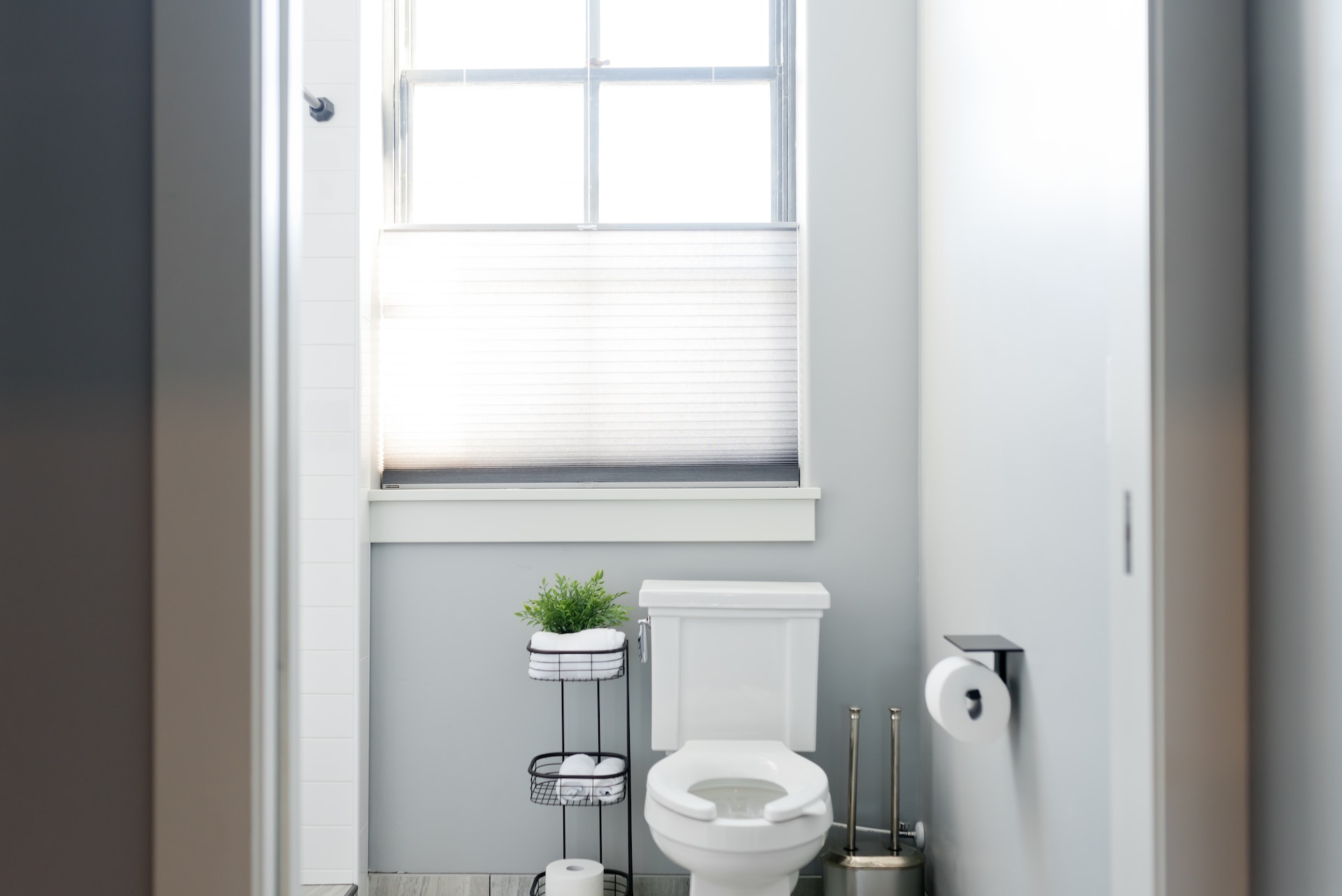
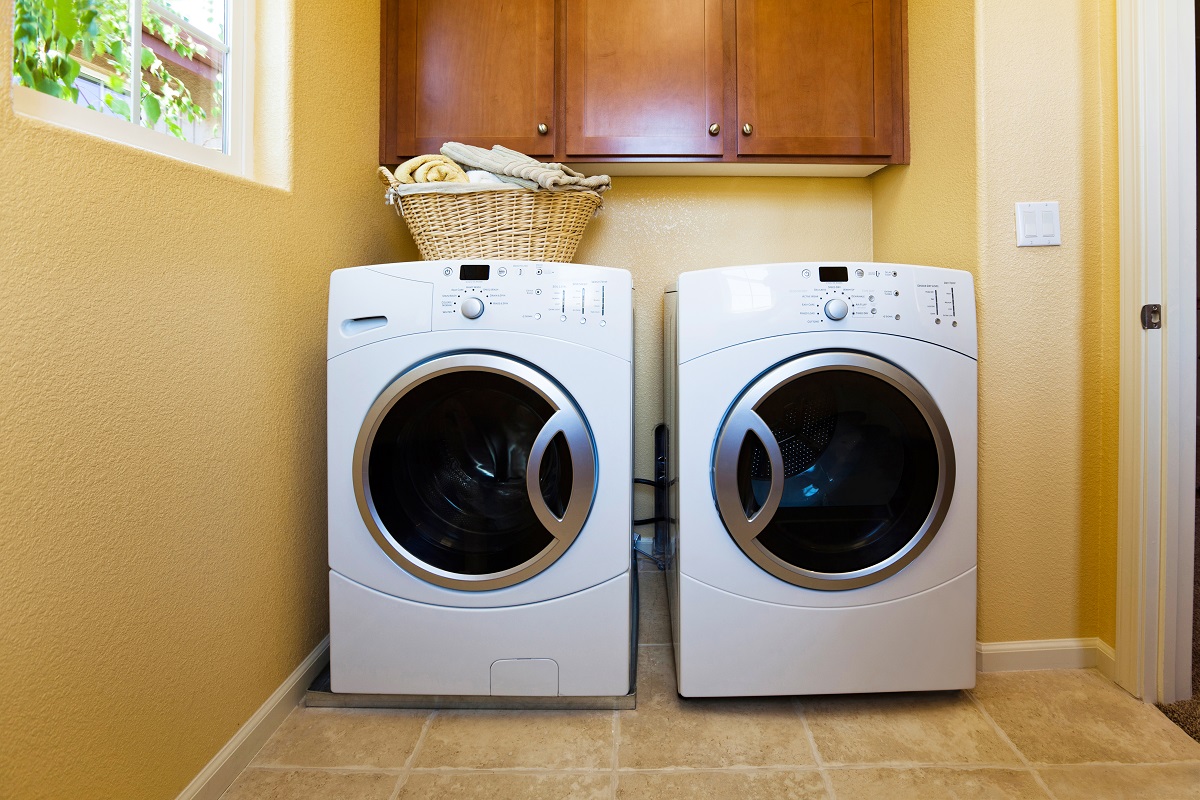
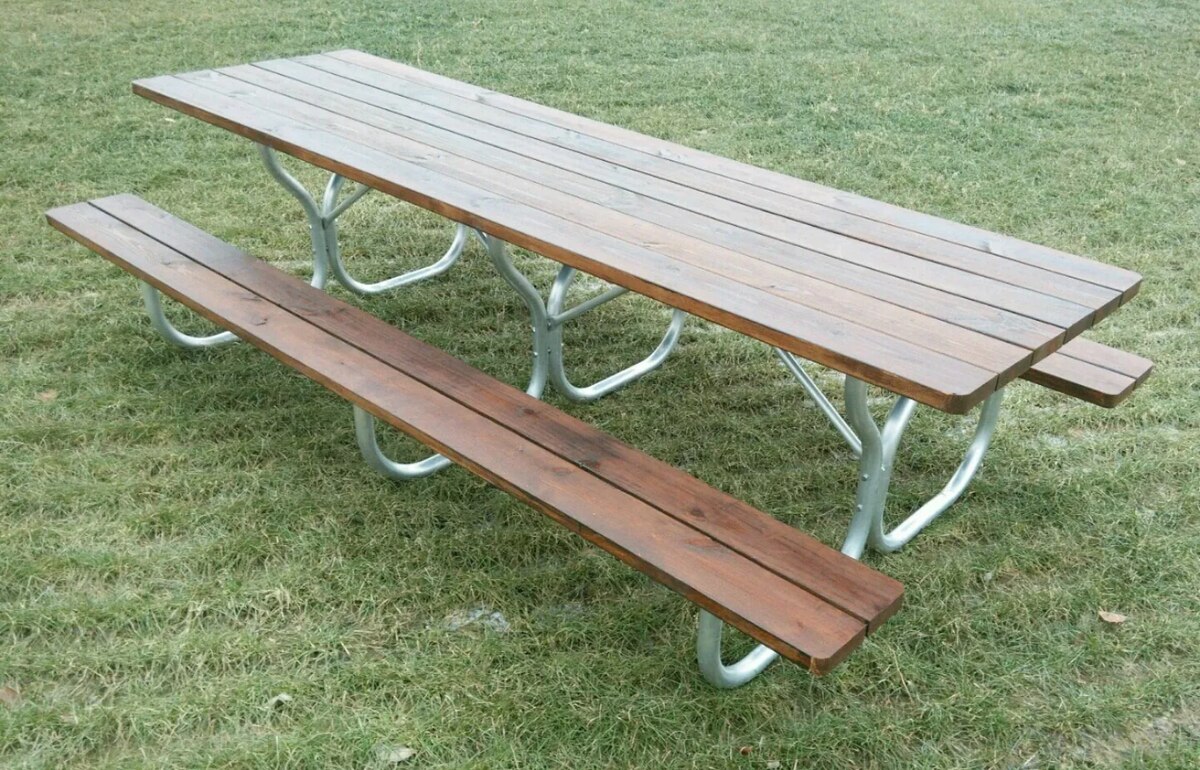
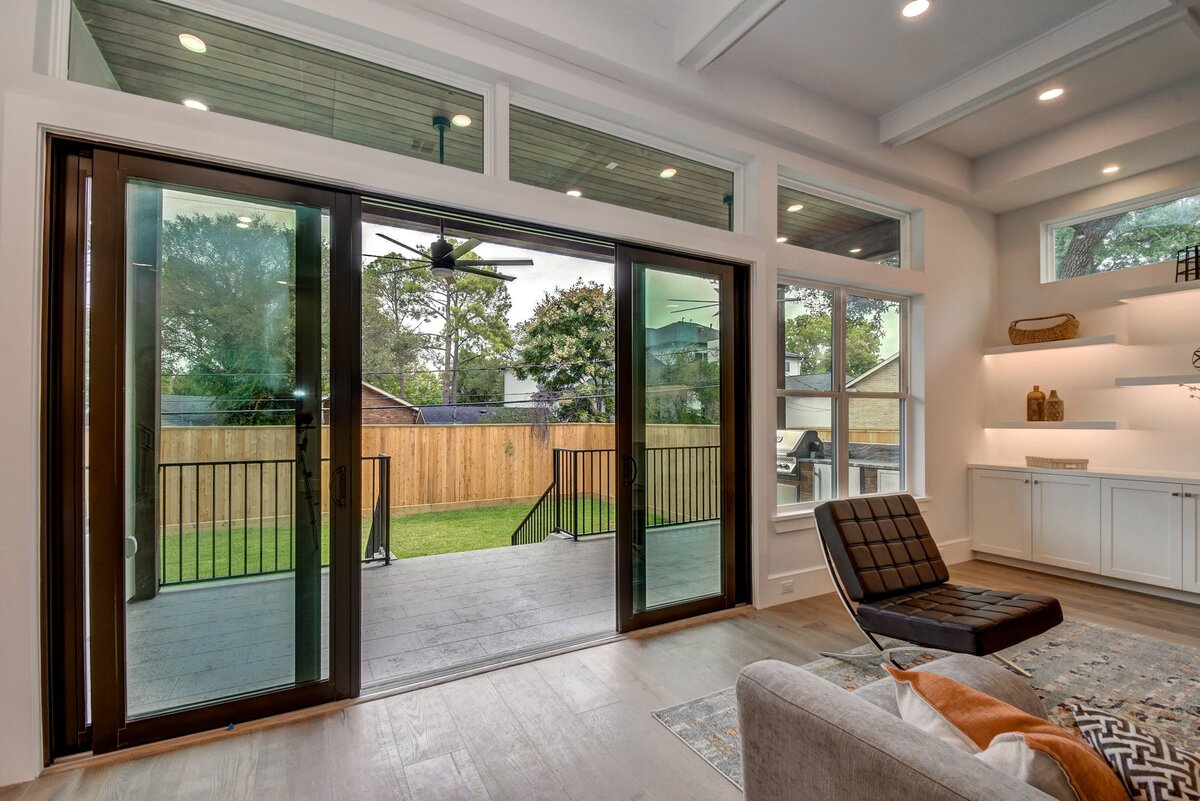
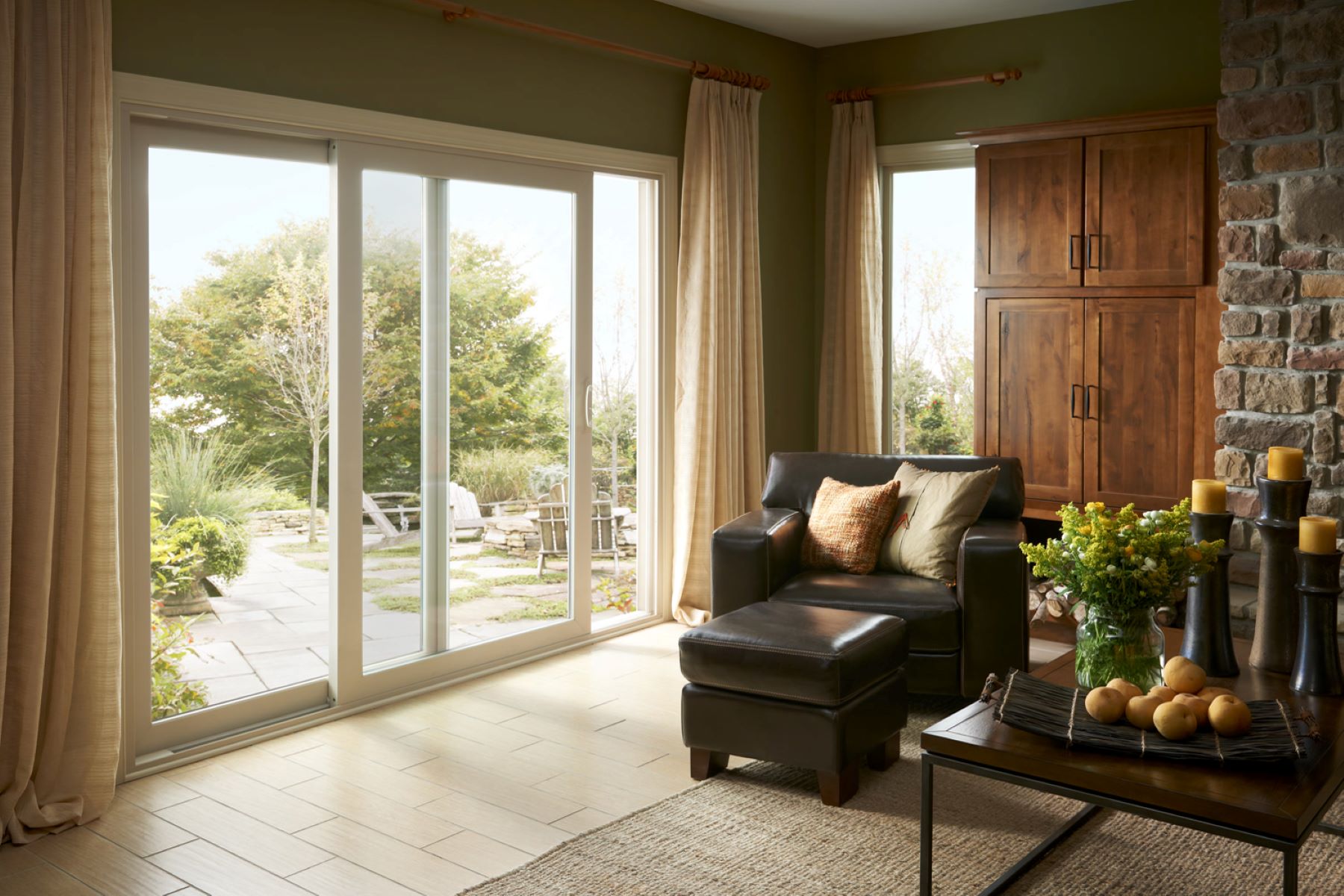
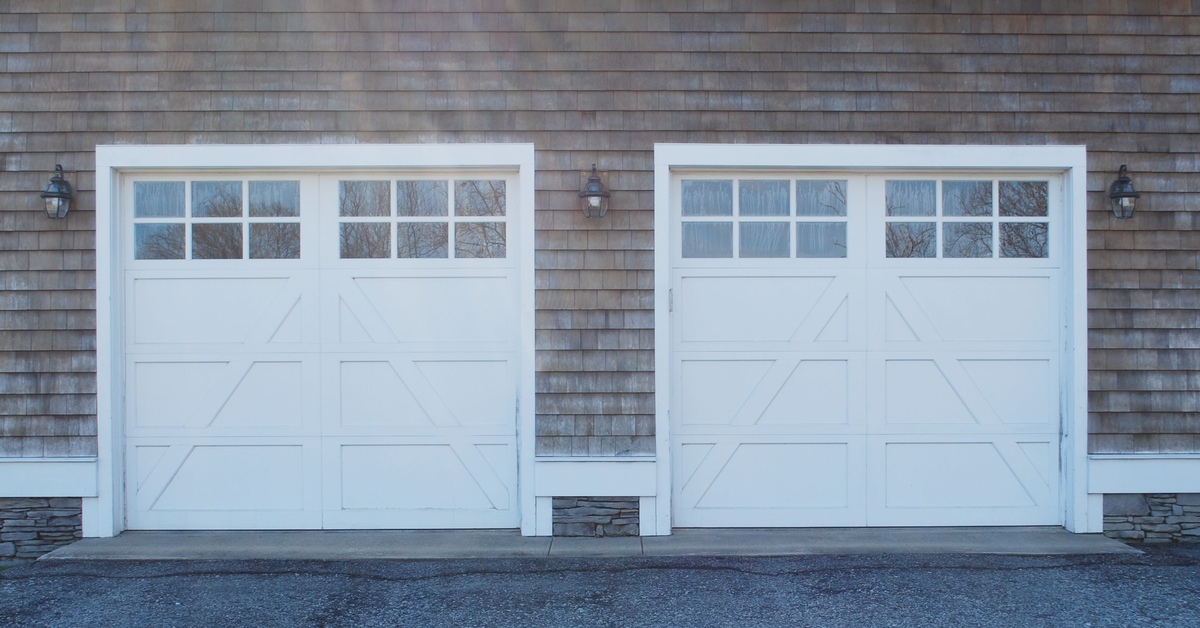
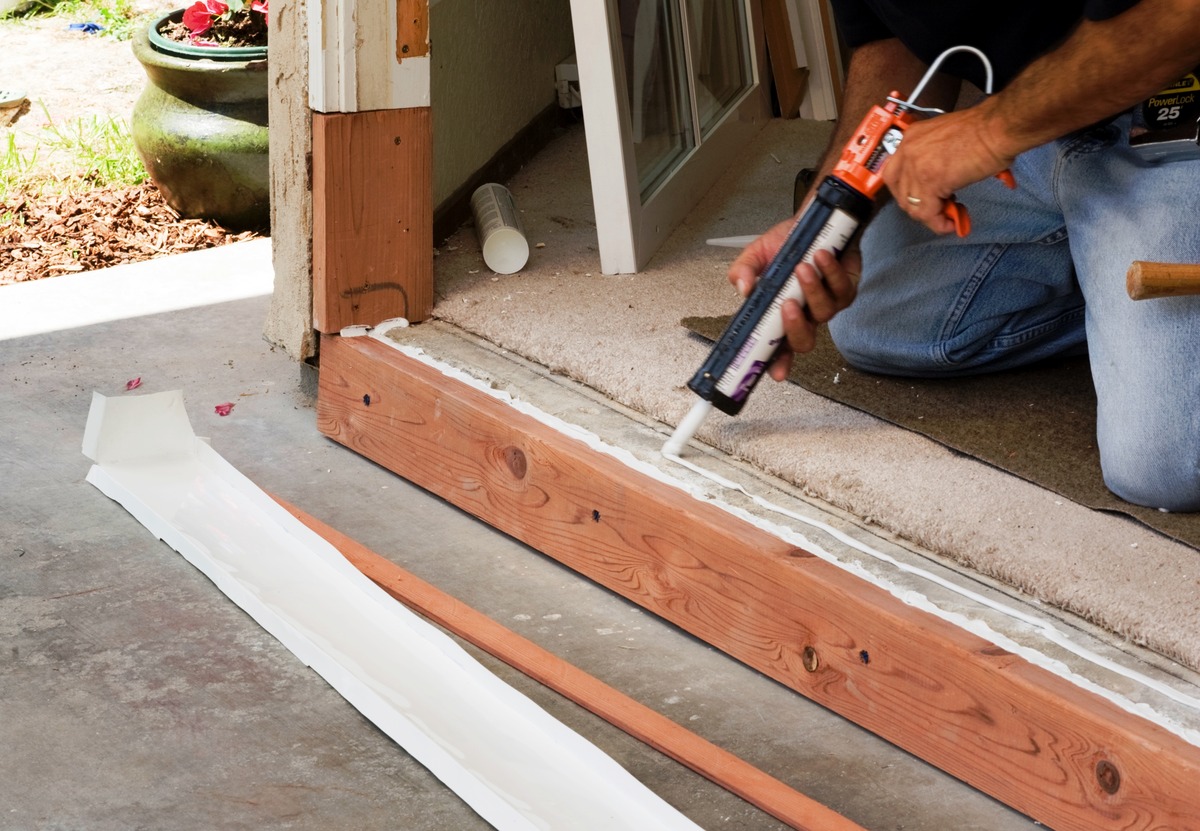
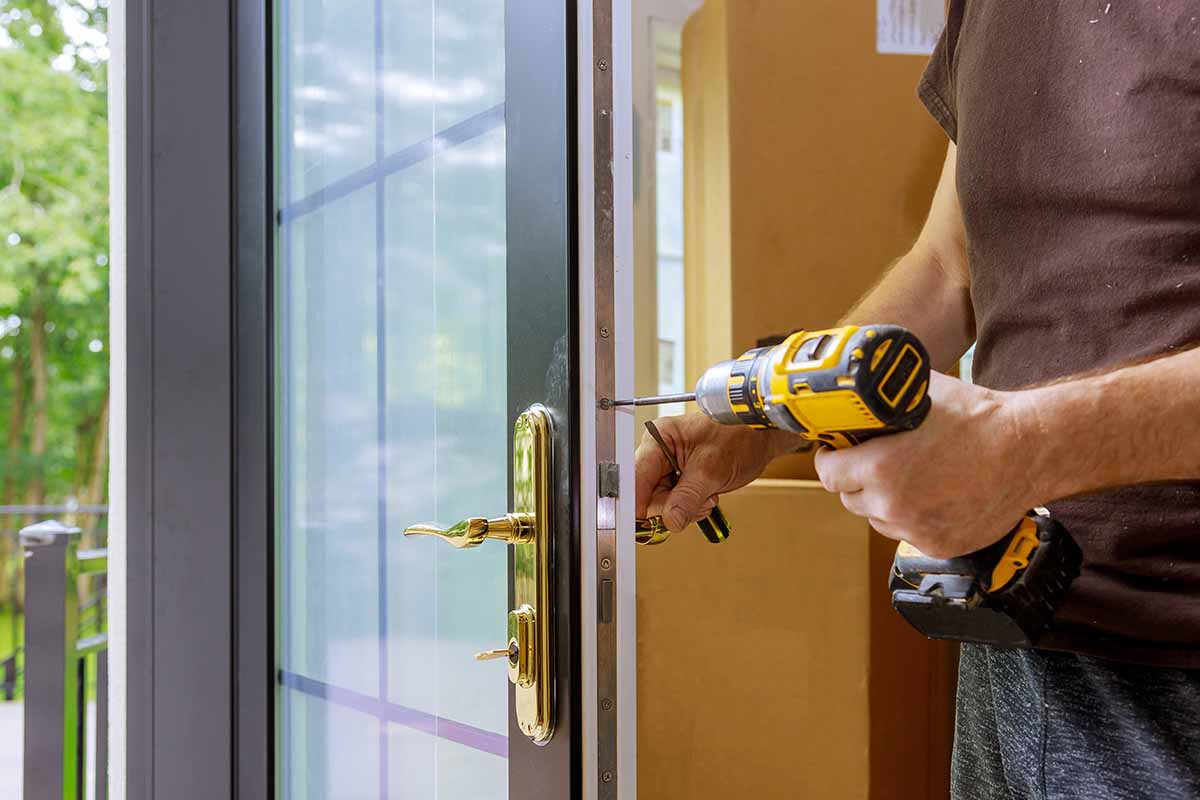

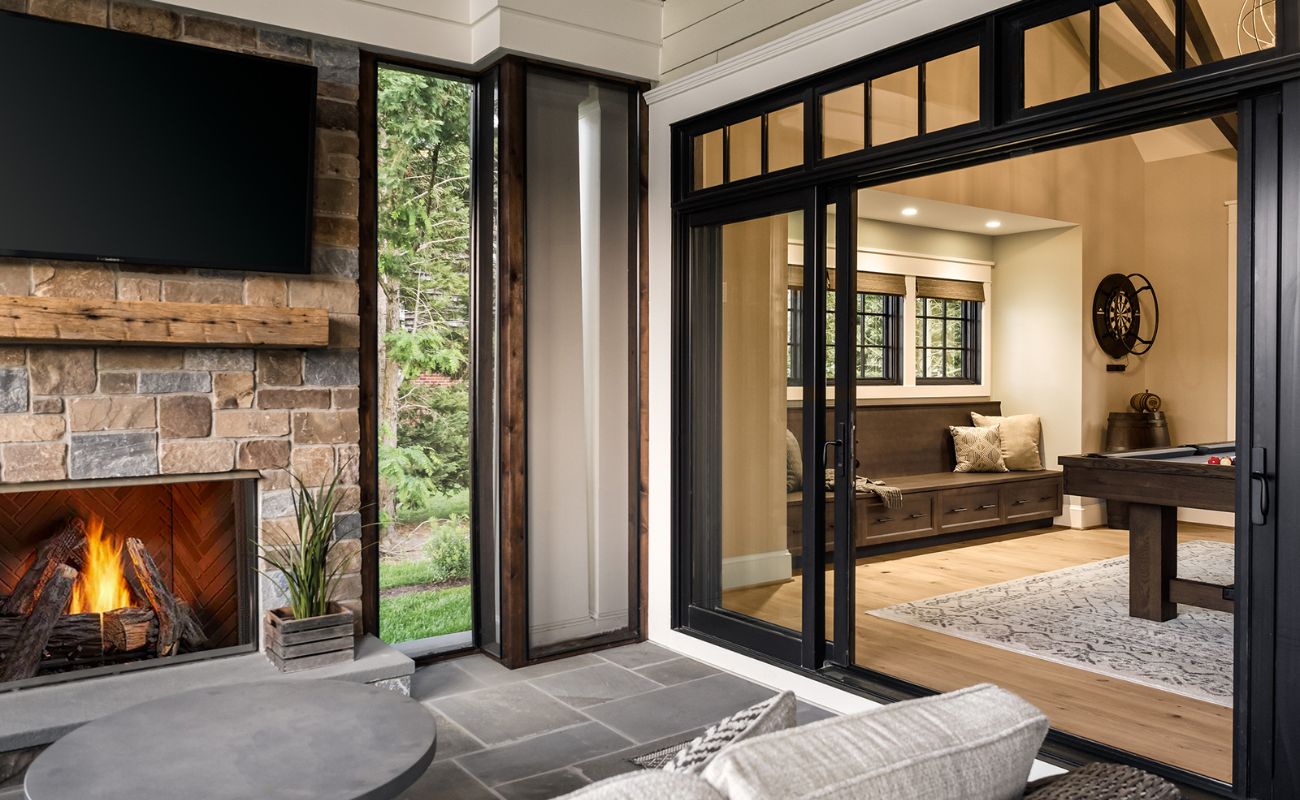
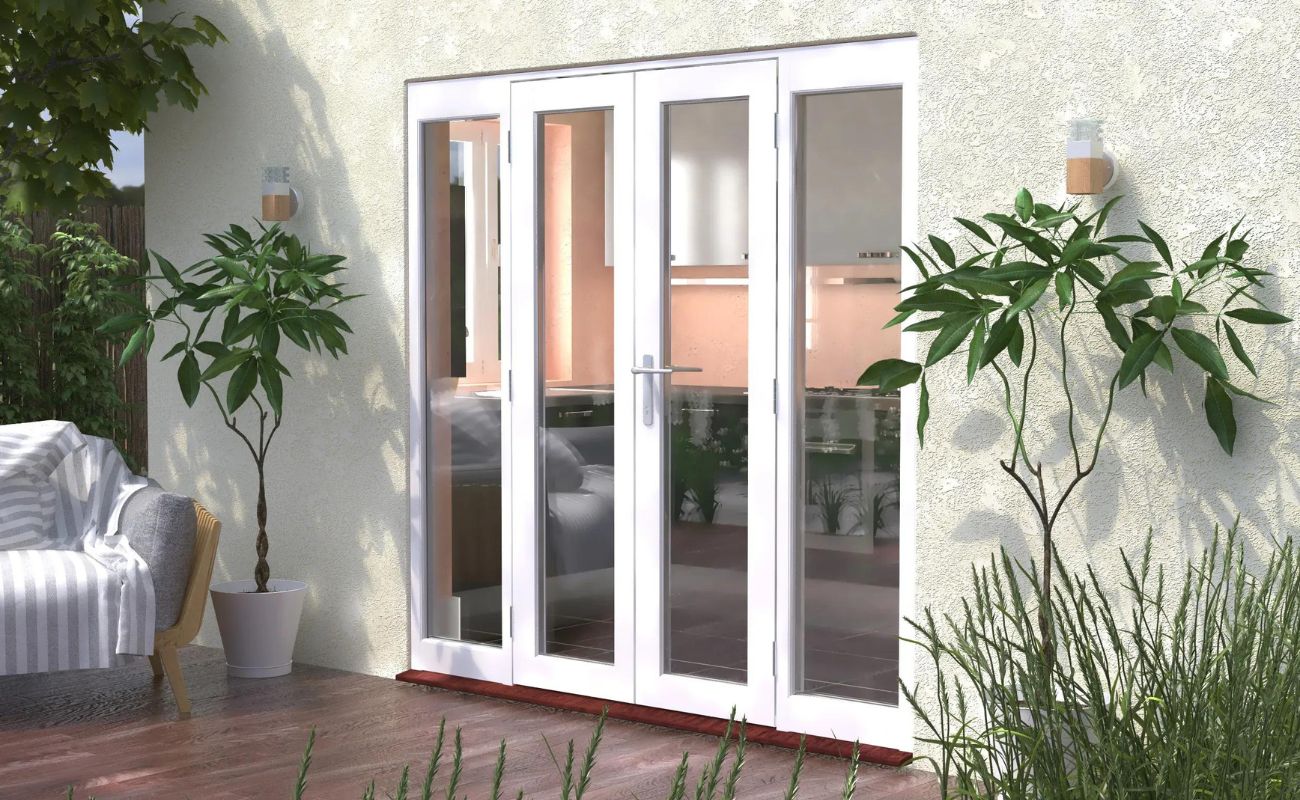
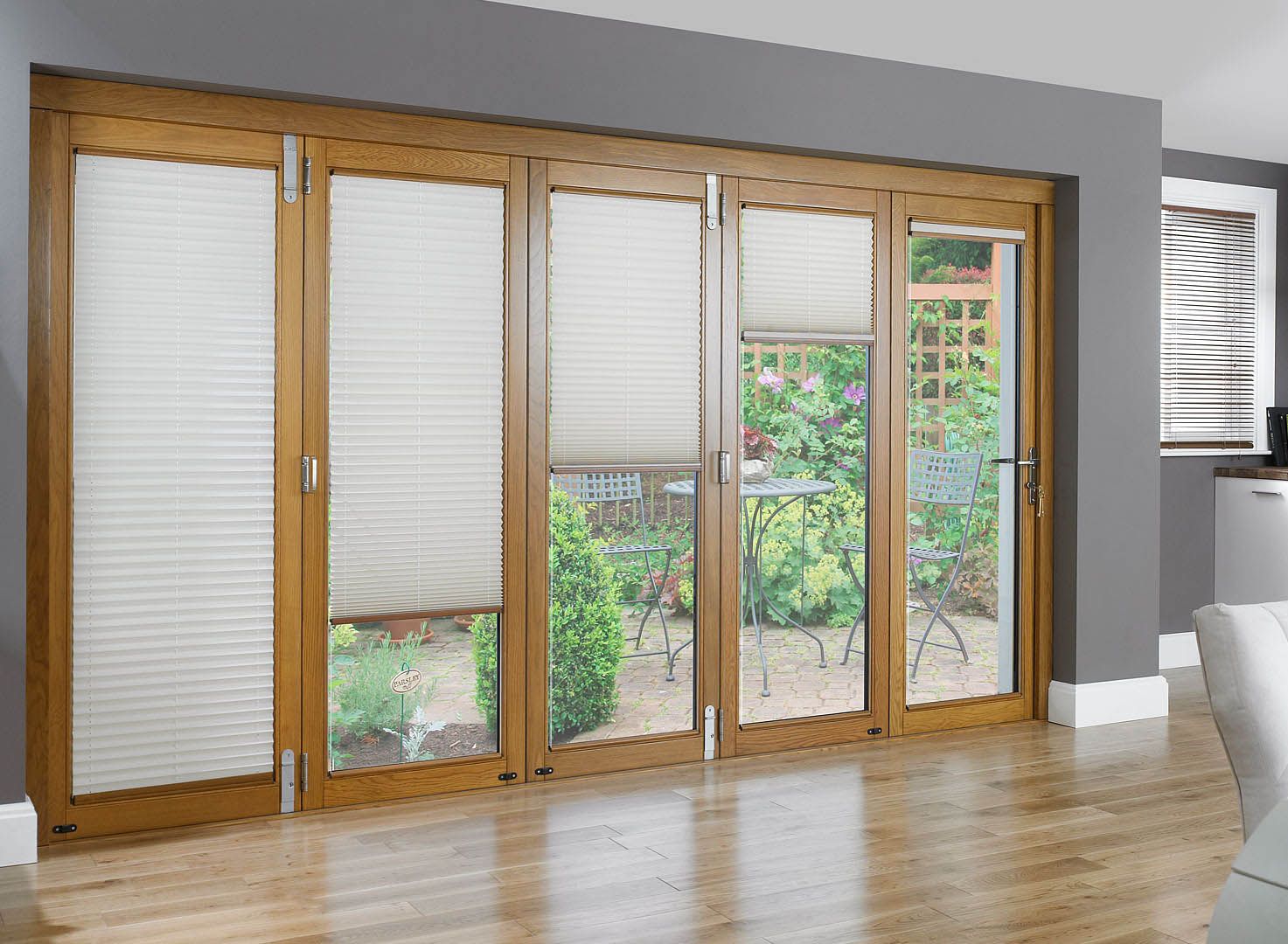
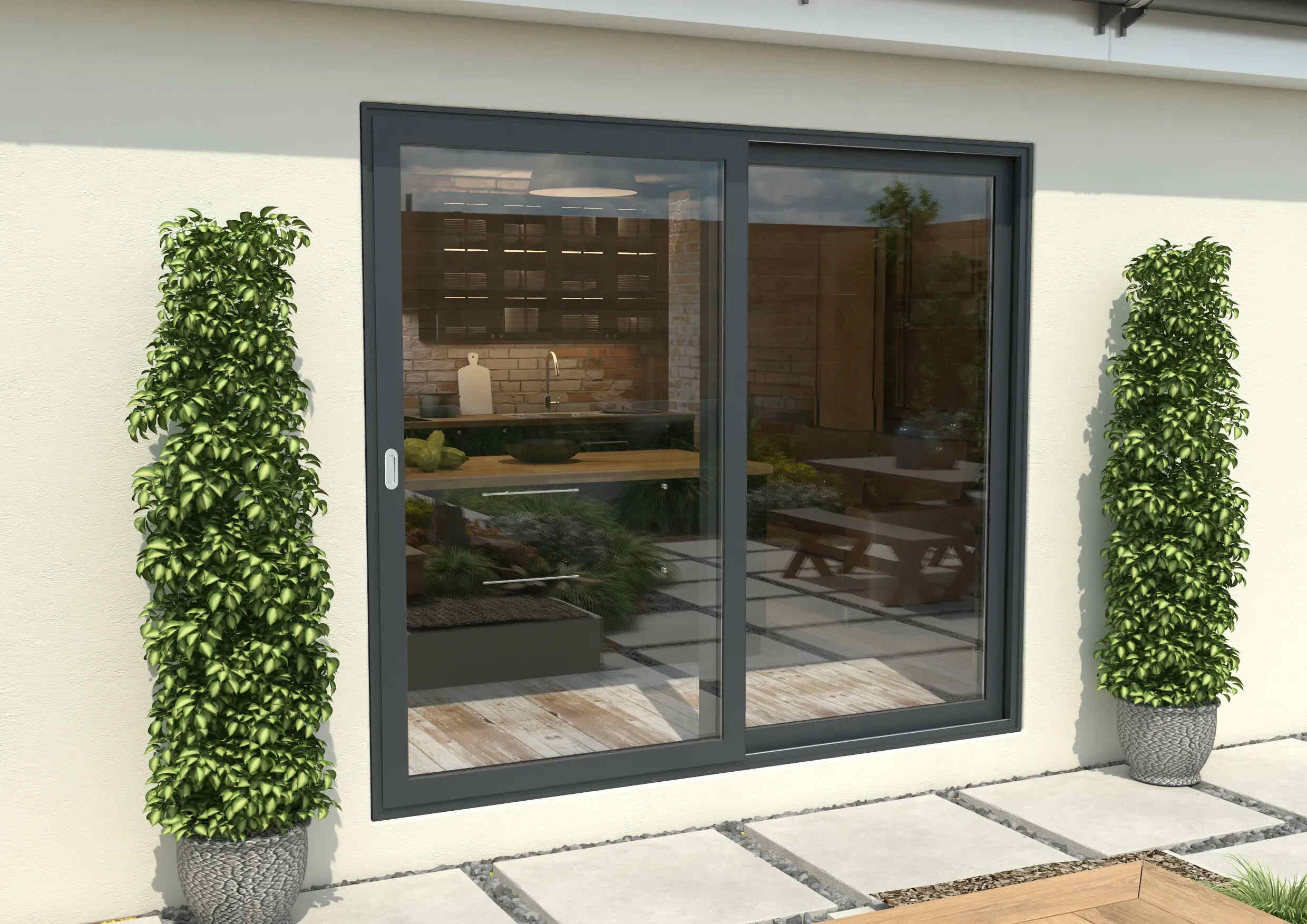
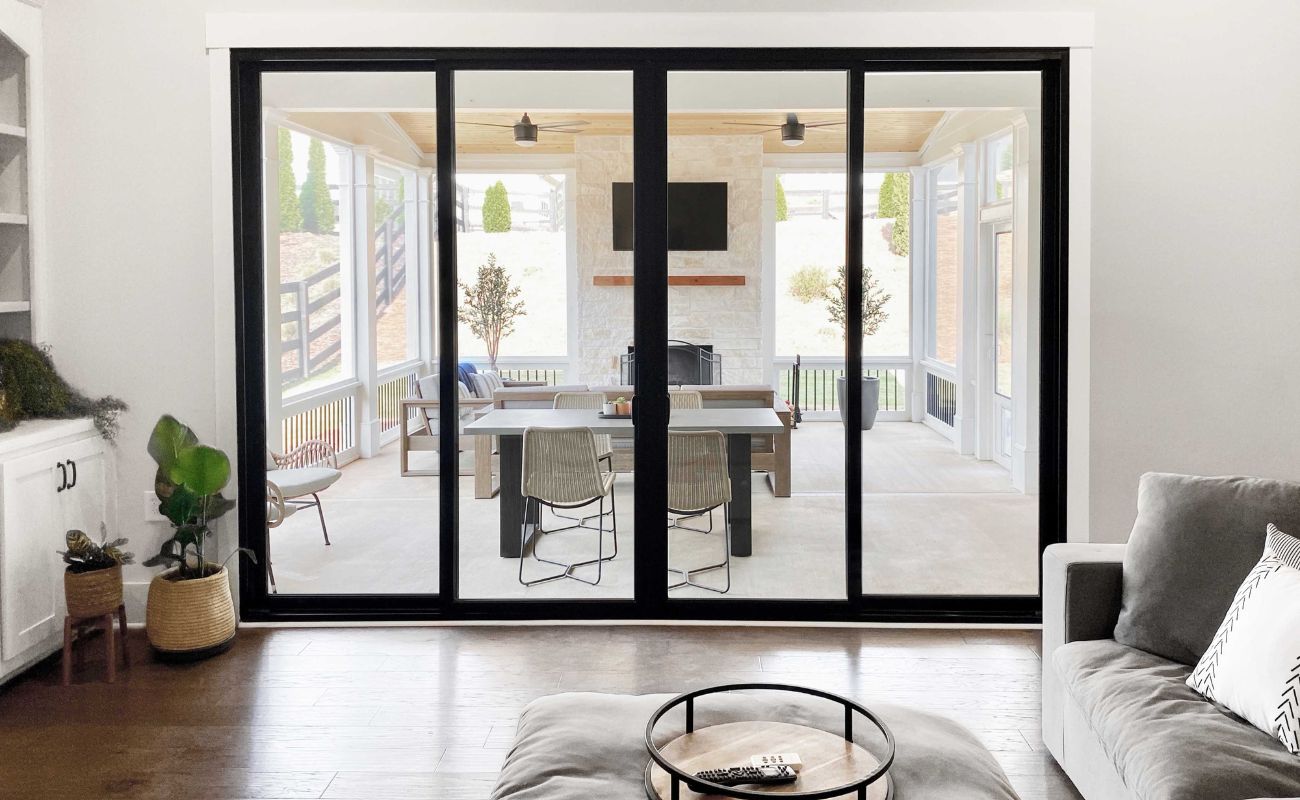

0 thoughts on “How Wide Is A Standard Patio Door”